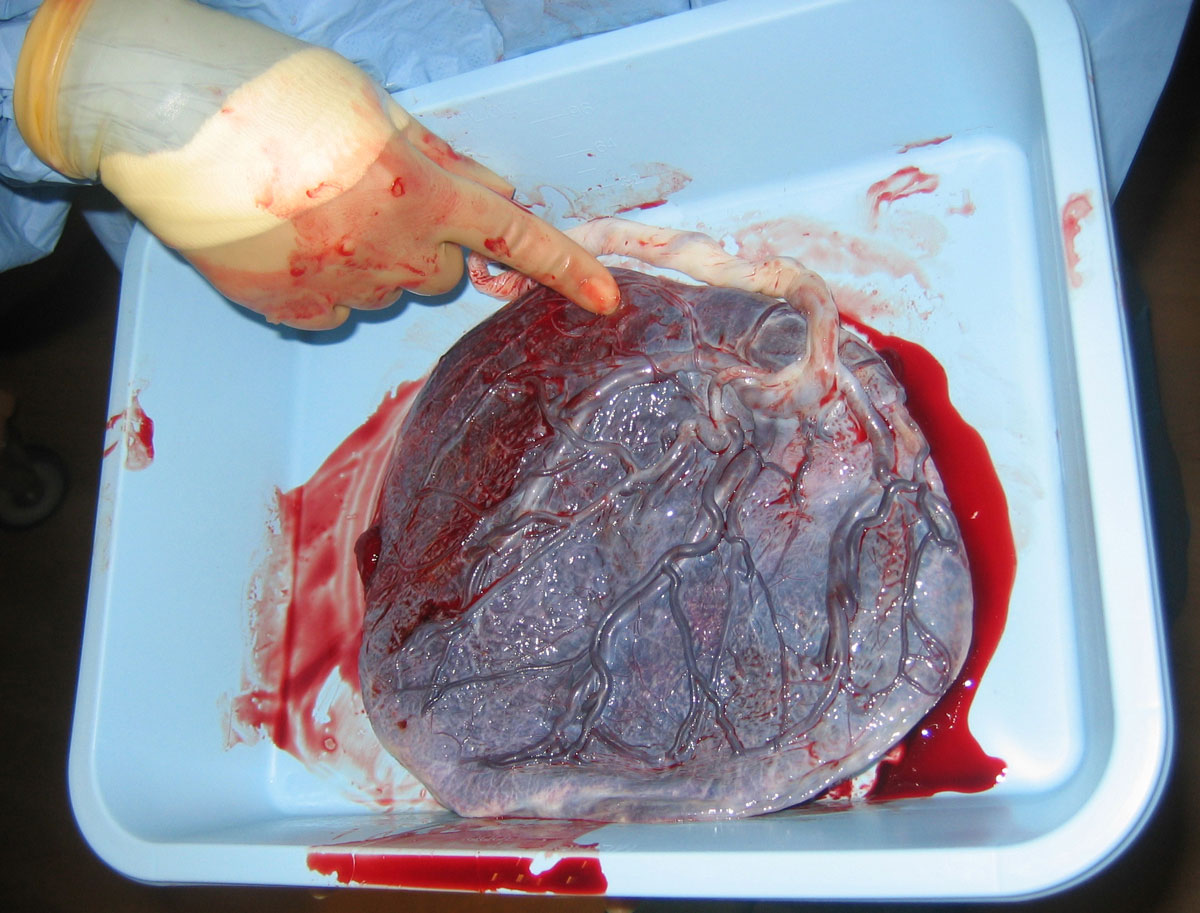No modern technology can surpass the placenta’s life-support capabilities.
Become A Defender of Life
Your donation helps us continue to provide world-class research in defense of life.
DONATECharlotte Lozier Institute
Phone: 202-223-8073
Fax: 571-312-0544
2776 S. Arlington Mill Dr.
#803
Arlington, VA 22206
The Placenta

The placenta and umbilical cord form as maternal and embryonic tissues interact.1 During implantation, the outer cells of the embryo, called trophoblast cells, invade the uterine wall. These trophoblasts almost immediately rupture blood vessels in the uterine wall and are bathed in maternal blood. Oxygen and nutrients start diffusing from the mother to the embryo by passive diffusion from this point on. The maturing blood circulation in the placenta is not functional until about 3 ½ weeks after the sperm and egg unite at conception.2
The placenta becomes the lifeline for the developing embryo. Blood vessels from the embryo interlace within the mother’s blood in the placenta.3 Oxygen and nutrients flow to the unborn child, while carbon dioxide and other wastes pass back to the mother through the placental circulation. The placenta produces the hormone progesterone, required for maintaining the pregnancy. Furthermore, the placenta serves as a barrier and protects the baby from many types of bacterial and viral infections.4
Male and female fetuses have small differences in placental hormone production and function.5 The placenta also maintains the fetal temperature above the mother’s temperature, between 100.7 and 102.5 degrees Fahrenheit.6 No modern technology can surpass the placenta’s life-support capabilities.









